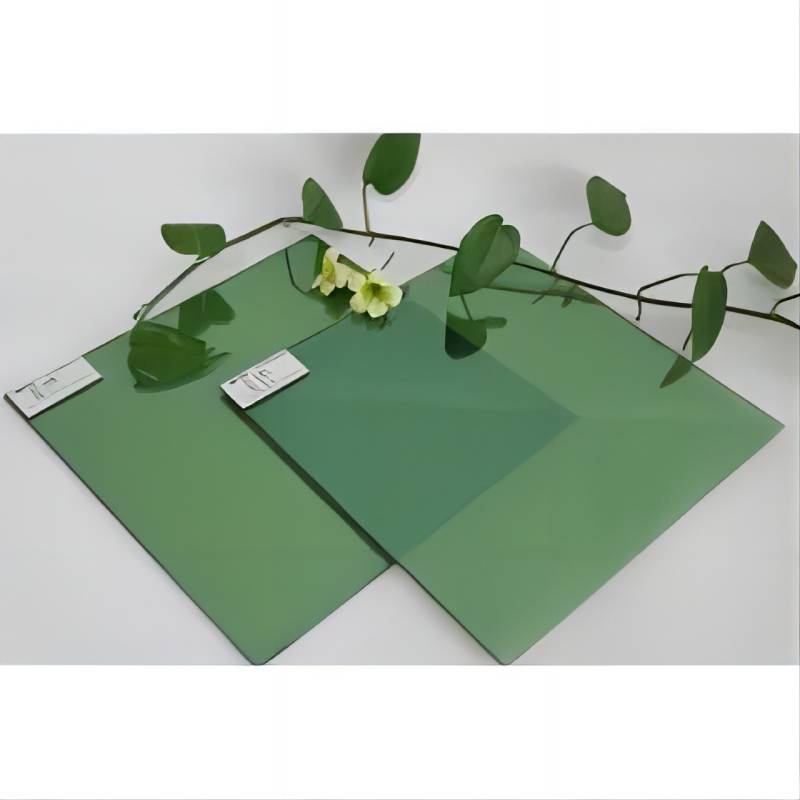ஆக . 12, 2024 22:22
The Cost of Low Iron Glass An Overview
Low iron glass, known for its remarkable clarity and transparency, is increasingly being adopted in various industries, including construction, automotive, and solar energy. Unlike traditional glass, which can have a greenish tint due to the presence of iron oxide, low iron glass is manufactured with minimal iron content, allowing for higher light transmission and an aesthetically pleasing appearance. However, the transition to low iron glass comes with cost implications that stakeholders should consider.
Production Costs
The production of low iron glass involves specific raw materials and more meticulous manufacturing processes compared to standard glass. The primary factor contributing to its higher cost is the use of ultra-pure silica sand and the elimination of iron oxide during the melting process. This necessitates more advanced technology and equipment, which can increase capital investment and operational expenses for manufacturers.
Furthermore, the process requires stringent quality control measures to ensure the glass meets the required standards for clarity and strength. This additional layer of quality assurance can lead to higher labor costs and increased production times, further driving up the price of the final product.
Market Dynamics
The demand for low iron glass is on the rise, especially in applications where transparency and aesthetic quality are paramount, such as in luxury architecture and high-performance solar panels. This growing demand has led to increased competitive pressure among manufacturers, influencing market prices. However, the popularity of low iron glass is met with challenges.
While the increasing demand allows for economies of scale, manufacturers must also navigate fluctuations in raw material prices and energy costs. These elements can impact the overall cost structure of low iron glass production. Additionally, market saturation could lead to price wars, temporarily lowering costs but also affecting long-term profitability for manufacturers.

Applications and Benefits
The cost of low iron glass must be juxtaposed with its benefits. One of the significant advantages is its superior optical quality. With up to 90% light transmission, low iron glass is preferred for applications such as greenhouses, facade installations, and display cases where visibility and light impact are critical.
In the solar industry, low iron glass is used for photovoltaic panels, contributing to higher efficiency by allowing more sunlight to pass through, thereby increasing energy production. This can translate to long-term savings and a lower cost of ownership over the lifespan of solar installations, which can offset the initial higher purchase price of low iron glass.
Cost Considerations for Consumers
For consumers and businesses considering low iron glass, it’s essential to evaluate the overall lifecycle costs rather than just the upfront price. While the initial investment may be higher, the benefits it provides—such as improved aesthetic appeal, energy efficiency, and durability—can result in significant savings over time, especially in energy costs and maintenance.
Moreover, environmental considerations are becoming increasingly relevant. Low iron glass can play a critical role in energy-efficient building practices and the shift towards sustainable materials. As such, consumers are advised to consider the long-term advantages offered by low iron glass as they plan their projects.
Conclusion
In summary, while the cost of low iron glass remains a significant factor in its adoption, its advantages in clarity, efficiency, and sustainability can justify the price. Stakeholders—ranging from manufacturers to consumers—must weigh initial costs against long-term benefits to fully appreciate the value proposition of low iron glass in their respective applications. As markets evolve and technology advances, the dynamics of pricing and production will continue to shape the future of this high-performance material.
The Role of Mirror Glass in Luxury Interior Design
NewsJun.23,2025
The Best Textured Glass for Bathroom Windows
NewsJun.23,2025
Residential Glazing Energy Efficiency Requirements
NewsJun.23,2025
Float Glass Uses
NewsJun.23,2025
Clear Float Glass For Solar Panel Covers
NewsJun.23,2025
Benefits Of Using A Glass Mouse Pad Over Traditional Ones
NewsJun.23,2025